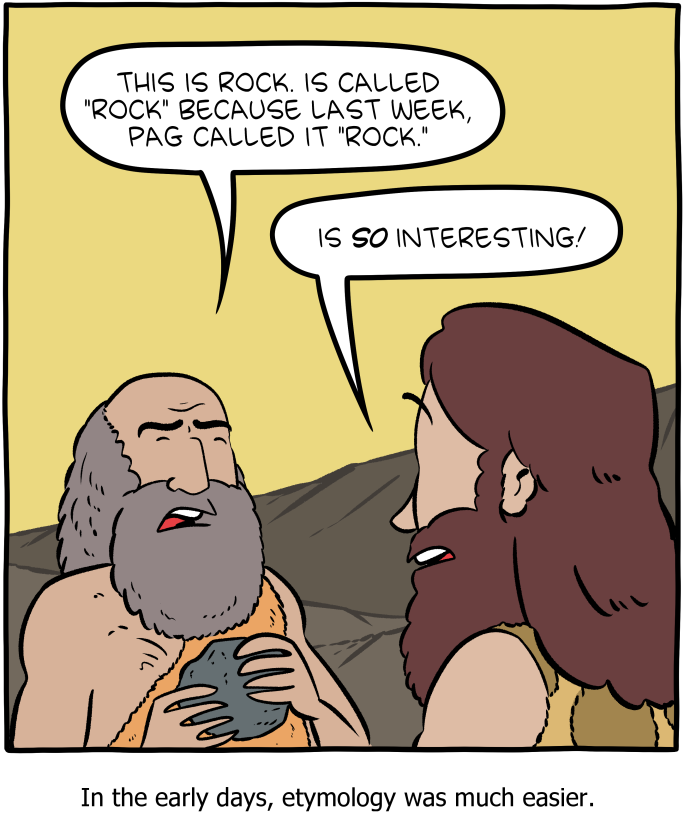An introduction and guide to my series of posts "Corpora and the Second Amendment" is available here. The corpus data that is discussed can be downloaded here. That link will take you to a shared folder in Dropbox. Important: Use the "Download" button at the top right of the screen.
New URL for COFEA and COEME: https://lawcorpus.byu.edu.
Two quick updates.
First, David Weisberg has replied to my response to his post on the Originalism Blog, but he doesn't address the point that I made, which was that I disagreed with his framing of the issue.
Weisberg also notes that I didn't respond to the second point in his original post (which dealt with a purely legal issue), and he goes on to say this:
Many people (and I think Goldfarb is one) believe the correct sense of the 2nd Amend is this: “The right of the people to keep and bear Arms, for use in a State’s well regulated Militia, shall not be infringed.” But, if that is what the framers meant, why isn’t that what they wrote? I think that is a very fair question to ask, and it merits an answer. After all, 5 words would have been saved. Will corpus linguistics provide an answer?
I'm not going to offer any views in this series of posts about how I think the Second Amendment as a whole should be interpreted; I'm focusing only on Heller's interpretation of the phrase keep and bear arms. So I'm not going to say whether Weisberg is correct in his speculation about what I think on that score. Weisberg then asks why, if the framers had intended to convey the meaning he posits, they didn't write the amendment in those terms. Although Weisberg thinks that is "a very fair question to ask," I don't think it's a question that's relevant to the issue as the Court framed it in Heller, which had to do with how the Second Amendment's text was likely to have been understood by members of the public, not with what the framers intended. Nevertheless, I'll say that the question to which Weisberg wants an answer is not one that can be answered by corpus linguistics.
Read the rest of this entry »

